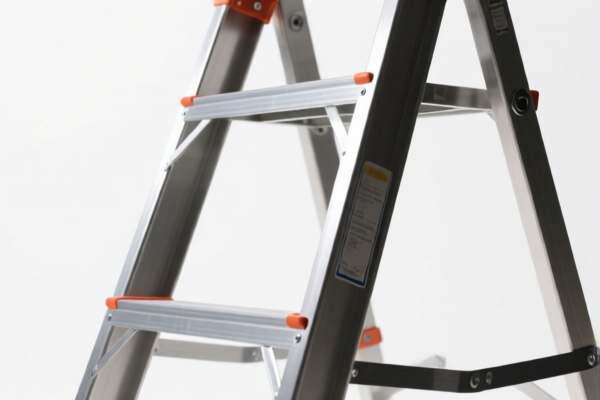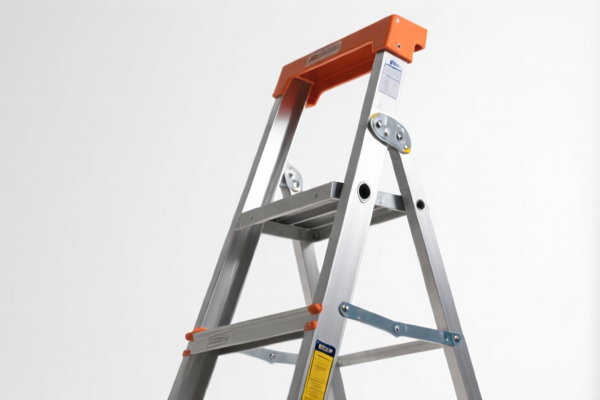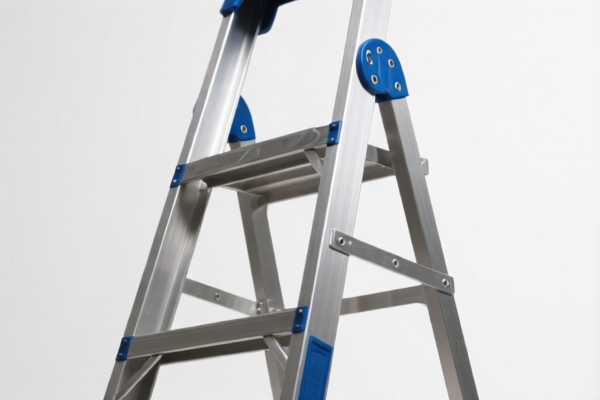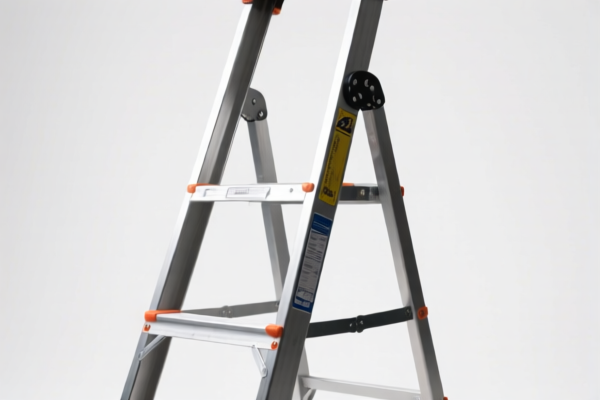| HS Code | Official Doc | Tariff Rate | Origin | Destination | Effective Date |
|---|---|---|---|---|---|
| 7326908660 | Doc | 82.9% | CN | US | 2025-05-12 |
| 7308400000 | Doc | 80.0% | CN | US | 2025-05-12 |




Ladder Stabilizer
A ladder stabilizer is a safety device designed to improve the stability and safety of a ladder when in use, particularly when positioned against a wall or other structure. It mitigates the risk of slippage and increases the overall security for the user.
Material
Ladder stabilizers are commonly constructed from the following materials:
- Aluminum: Lightweight and corrosion-resistant, suitable for various ladder types.
- Steel: Offers high strength and durability, often used for heavier-duty applications and larger ladders.
- High-Strength Polymers/Plastics: Increasingly used for lighter-weight, non-marring applications, often incorporating rubber or textured surfaces for grip.
- Rubber: Used for feet and contact pads to enhance grip and prevent slippage.
Purpose
The primary purpose of a ladder stabilizer is to:
- Prevent Lateral Movement: Reduce the likelihood of the ladder sliding sideways.
- Increase Wall Protection: Protect the surface the ladder is leaning against from damage caused by the ladder's rails or feet.
- Improve User Safety: Provide a more secure working platform, reducing the risk of falls.
- Meet Safety Regulations: Help comply with occupational health and safety standards.
Function
Ladder stabilizers function by:
- Expanding the Base: Increasing the footprint of the ladder, creating a wider and more stable platform.
- Distributing Weight: Spreading the ladder's weight over a larger surface area.
- Providing Grip: Utilizing rubber or textured surfaces to maximize friction between the stabilizer and the ground/wall.
- Adjustability: Many models feature adjustable legs to accommodate uneven surfaces.
- Wall Padding: Incorporating padded surfaces to prevent damage to the wall.
Usage Scenarios
Ladder stabilizers are commonly used in the following scenarios:
- Construction Sites: Providing a secure platform for workers performing tasks at heights.
- Home Maintenance: For painting, gutter cleaning, roof repair, and other household tasks.
- Electrical Work: Providing a stable platform for electricians working on power lines or electrical systems.
- Plumbing Work: For plumbers accessing pipes or fixtures at heights.
- Any situation where a ladder is used on potentially uneven or slippery surfaces.
Common Types
- Ladder Stabilizers with Adjustable Legs: These stabilizers feature legs that can be extended or retracted to accommodate uneven ground.
- Ladder Stabilizers with Wall Pads: These stabilizers incorporate padded surfaces to protect the wall from damage.
- Ladder Stabilizers with Swivel Feet: These stabilizers feature feet that can swivel to conform to the shape of the ground.
- Ladder Stabilizers with Outriggers: These stabilizers extend outwards to provide a wider base of support.
- Universal Ladder Stabilizers: Designed to fit a variety of ladder types and sizes.
- Specialty Stabilizers: Designed for specific ladder types, such as extension ladders, step ladders, or multi-purpose ladders.
Based on the provided information, “ladder stabilizer” can be classified under the following HS codes:
-
7326.90.8660: This HS code covers “Other articles of iron or steel: Other: Other: Other: Other Ladders”. This is a specific classification for ladders made of iron or steel. The tax rate details indicate a base tariff of 2.9%, an additional tariff of 25.0%, and a further additional tariff of 30.0% after April 2, 2025, with a 25% additional tariff applied to steel and aluminum products. The total tax rate is 82.9%.
-
7308.40.0000: This HS code covers “Structures (excluding prefabricated buildings of heading 9406) and parts of structures (for example, bridges and bridge sections, lock gates, towers, lattice masts, roofs, roofing frameworks, doors and windows and their frames and thresholds for doors, shutters, balustrades, pillars and columns) of iron or steel; plates, rods, angles, shapes, sections, tubes and the like, prepared for use in structures, of iron or steel: Equipment for scaffolding, shuttering, propping or pit- propping”. Since a ladder stabilizer provides support and could be considered part of a structure or used in propping applications, this code may be applicable. The tax rate details indicate a base tariff of 0.0%, an additional tariff of 25.0%, and a further additional tariff of 30.0% after April 2, 2025, with a 25% additional tariff applied to steel and aluminum products. The total tax rate is 80.0%.
It is important to note that the final HS code determination depends on the specific design and function of the ladder stabilizer.
Customer Reviews
No reviews yet.